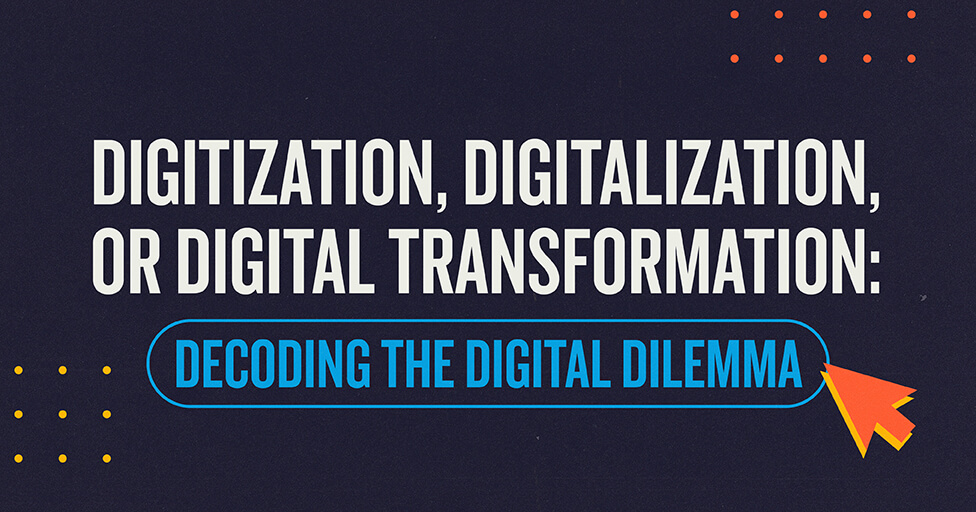
A solid email strategy is a necessary component of any outbound communication framework. Period. Full stop. Let me back up my claim quickly before getting into some helpful tools and tips to get your email project up and running.
- Email is one of, if not the, most trusted sources of communications. (Source)
- It’s a permission-based system, meaning those in our email list are actively raising their hand and saying, “Hey, send me useful stuff!”
- Most of us have our primary email reader, our cell phones, with us at all times.
- As privacy rights continue to shift toward the consumer, your 1st-party data is more important than ever (find more on that topic here).
Choosing The Right Tool For The Job
There is no shortage of tools, plugins, and widgets. Here are the three we use most often to ensure our emails look good and have the best chance of being seen and engaged with.
MJML
While most email service providers have built-in email design features that let you drag-and-drop content blocks onto an email canvas, they aren’t without their limitations. Perhaps their output doesn’t work great across key email clients like Outlook or Gmail, or maybe you just want a design aesthetic that they simply can’t provide. In these cases, you’ll need to custom code your HTML email.
Coding the HTML of an email is not without its perils. Emails are still largely table-based (think internet pages circa 1998), and support for more advanced features, such as video embeds, is chaotic at best. Beyond that, emails are now showing up across new devices—cars, fridges, watches—your email needs to be able to be viewed literally everywhere.
MJML sought to help solve some of these issues. Their responsive framework provides a simple-to-use markup language to help take the complexity out of coding a mobile-friendly email and allows for efficiency by supporting reusable components. We use MJML to take our designs and turn them quickly into mobile-friendly, custom-coded layouts that look great across all of our top email clients.
Litmus
A significant challenge of any HTML-based email is ensuring that your email looks how you want it to, wherever it may be seen. No two email clients are seemingly built to render HTML the same way. Some versions of Outlook out there still use MS Word as their email-rendering engine!
Litmus allows you to preview your HTML across a wide spectrum of email clients before you send it out to your audience. Additional features will provide insight into spam-related keywords, check your links, and give you other key insights that you can use to enhance your email to ensure deliverability.
GlockApps
As their home page indicates, “Emails that don’t reach the inbox won’t get READ!” While GlockApps offers a variety of helpful tools, their Inbox Insight service will help you understand what your Inbox Placement Rate (IPR) is.
IPR is a key metric to consider, right up there with overall engagement and clicks. It seeks to measure how many of your emails made it to the actual inbox and not a Promotions tab, or spam or junk folders. Unfortunately, email clients don’t provide this information to you (and for good reason). But GlockApps and services like it provide you a peek into how your email performed by sending a copy of your email out to inboxes it owns across a wide variety of email clients, reporting back to you where it ended up, and providing recommendations for how to adjust things to increase your chances of ending up in the inbox.
Tips for Sending Successful Emails
With emails, everything matters.
The words in your subject line and preheader, the number of links in your email, how fast the images load, the way things are coded, and DNS entries for the domain you’re sending from, to the IP being used. Don’t assume that just because your email looks great in Litmus that it’s ready to go. A thorough review and audit of your email systems should be undertaken prior to implementing your strategy. Periodically reviewing your email setup is a great idea just to ensure your emails are being delivered.
Always Be Testing.
No two email lists are alike. Therefore, you shouldn’t rely solely on best practices to inform your decisions. Maybe Monday, which when speaking broadly isn’t the best day for sending email, is the PERFECT day for your audience. Most email platforms have built-in testing tools and guide you through the process. Not only can your tests (subject line/preheader, time-of-day, and day-of-week tests) improve your engagement, but you can also use emails to test brand elements (photography, taglines, etc.) to see how your audience reacts, and use this to inform other marketing decisions.
Make it personal.
Personalization isn’t just dynamically inserting the recipient’s first name into the “To:” field. Personalization is about the entire user journey with your brand. Someone who recently viewed 5 product detail pages on your site shouldn’t see the same message as someone who has been a customer for 3 years. A connected marketing ecosystem allows you to personalize your message to each member on your list. Just be careful to not run afoul of privacy laws as you’ll need consent to use personal information in this way.
If you need a solid email strategy to improve your outbound communication plan, let’s talk.
Subscribe to our newsletter
Get our insights and perspectives delivered to your inbox.


